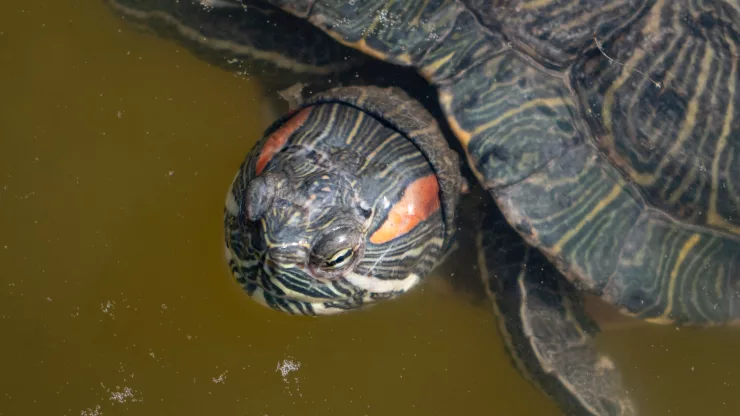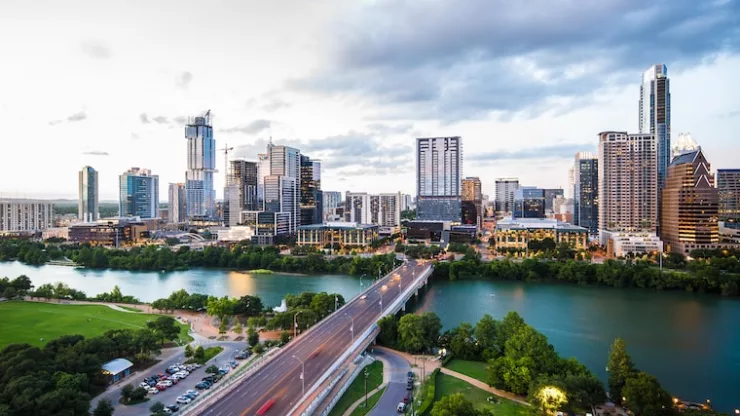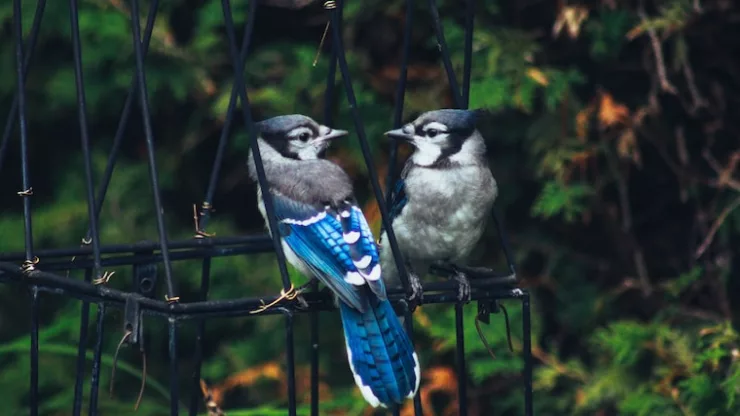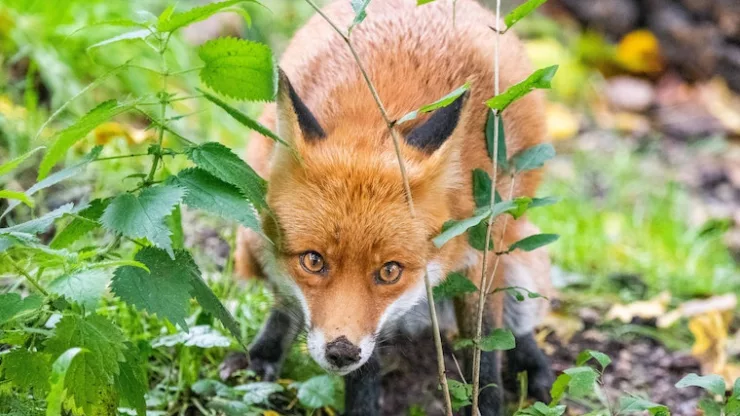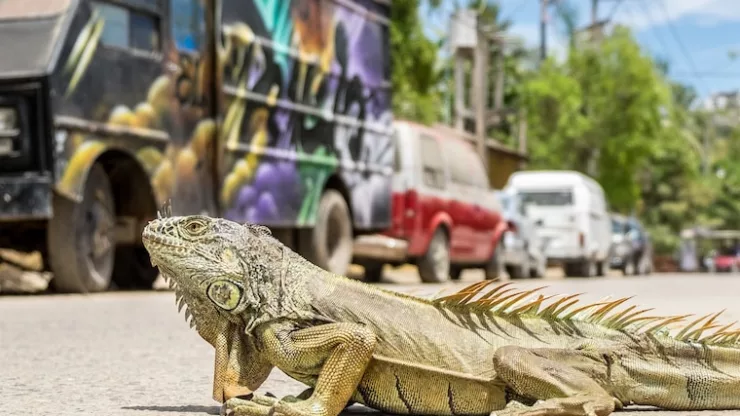As cities continue to expand, more and more wildlife is forced to adapt to urban environments.
Among these creatures are reptiles, which are often overlooked in the concrete jungle.
However, these cold-blooded creatures play a crucial role in maintaining urban ecosystems.
In this article, we will explore the diversity of city snakes and lizards, their benefits, and the challenges they face.
Jump to Section
Introduction: Urban Reptiles
Reptiles are a diverse group of animals that can be found in almost every habitat on earth.
Urban environments are no exception.
Cities provide reptiles with unique opportunities, such as new food sources and shelter.
As a result, many reptile species have adapted to living in cities, and some have even become more common in urban areas than in their natural habitats.
The Growing Trend of Urban Reptiles
In recent years, the trend of keeping reptiles as pets has grown in popularity.
Unfortunately, some owners release their pets into the wild when they can no longer care for them.
This has led to an increase in the number of non-native reptiles in urban areas.
While these species can thrive in cities, they also pose a threat to native wildlife and ecosystems.
Common Urban Snakes
Snakes are often feared and misunderstood creatures, but they play an important role in controlling rodent populations in cities. Here are some of the most common urban snakes:
The Eastern Rat Snake: The Most Common Urban Snake
The Eastern Rat Snake is a non-venomous snake that can grow up to 6 feet long.
They are excellent climbers and can often be found in trees or on rooftops.
They are also known for their ability to control rodent populations.
The Northern Water Snake
The Northern Water Snake is a semi-aquatic snake that can be found near water sources such as ponds, lakes, and streams.
They are often mistaken for venomous snakes, but they are harmless to humans.
The Copperhead
The Copperhead is a venomous snake that can be found in urban areas with nearby forests or wooded areas.
While they are dangerous to humans, they also play an important role in controlling rodent populations.
Common Urban Lizards
Lizards are a common sight in many urban areas, and they provide many benefits to cities. Here are some of the most common urban lizards:
The Green Anole
The Green Anole is a small lizard that can change color from green to brown depending on its mood and environment.
They are excellent climbers and can often be found on trees and bushes.
The Mediterranean Gecko
The Mediterranean Gecko is a non-native species that has become common in many urban areas.
They are nocturnal and can often be seen on the walls of buildings, where they feed on insects.
The Five-Lined Skink
The Five-Lined Skink is a small lizard that is often found near buildings and in gardens. They are excellent at controlling insect populations and are harmless to humans.
The Benefits of Urban Reptiles
Reptiles provide many benefits to cities, including natural pest control and increased biodiversity.
Natural Pest Control
Many reptiles, such as snakes and lizards, are excellent at controlling rodent and insect populations.
This can help reduce the spread of diseases and prevent damage to buildings and crops.
Biodiversity in Cities
Cities are often seen as concrete jungles, but reptiles provide a diverse range of species.
This can help increase biodiversity in urban areas, which is important for maintaining healthy ecosystems.
The Challenges of Urban Reptiles
While reptiles provide many benefits to cities, they also face many challenges.
Habitat Destruction
As cities continue to grow, reptile habitats are being destroyed. This can lead to a decline in reptile populations and a loss of biodiversity.
Human-Animal Conflict
Reptiles often come into conflict with humans, especially in areas with high foot traffic.
This can lead to negative interactions, such as snake bites or lizard sightings in homes.
Management and Conservation Strategies
To address these challenges, cities need to develop management and conservation strategies that focus on protecting reptile habitats and reducing human-animal conflict.
Exploring the Diversity of City Snakes and Lizards
In conclusion, urban reptiles play an important role in maintaining healthy ecosystems in cities.
From controlling pest populations to increasing biodiversity, these cold-blooded creatures offer many benefits to urban environments.
However, they also face many challenges, such as habitat destruction and human-animal conflict.
By developing management and conservation strategies, cities can help protect these valuable species for years to come.
Comparison Table of Common Urban Snakes
| Snake Species | Venomous | Length | Common Habitat |
|---|---|---|---|
| Eastern Rat Snake | No | Up to 6 feet | Trees, rooftops |
| Northern Water Snake | No | Up to 4 feet | Near water sources |
| Copperhead | Yes | Up to 3 feet | Forests, wooded areas |
Comparison Table of Common Urban Lizards
| Lizard Species | Native | Size | Common Habitat |
|---|---|---|---|
| Green Anole | Yes | Up to 8 inches | Trees, bushes |
| Mediterranean Gecko | No | Up to 5 inches | Walls of buildings |
| Five-Lined Skink | Yes | Up to 7 inches | Near buildings, gardens |
FAQ
What should I do if I encounter a snake or lizard in my home?
If you encounter a snake or lizard in your home, do not attempt to handle it. Instead, contact your local wildlife or pest control agency for assistance.
Are all urban reptiles dangerous to humans?
No, not all urban reptiles are dangerous to humans.
In fact, many urban reptiles, such as the Eastern Rat Snake and the Green Anole, are harmless to humans and provide valuable benefits to cities.
How can I help protect urban reptiles?
You can help protect urban reptiles by reducing your use of pesticides and other harmful chemicals, creating habitat for reptiles in your yard, and reporting any sightings of non-native species to your local wildlife agency.
I’m a nature enthusiast and creator of Metro Wilds and have spent years exploring the great outdoors.
With a passion for environmental conservation and sustainability, I have dedicated my career to writing about the beauty and wonders of nature, as well as the threats facing our planet.
Contact me at [email protected] for assistance.

